Inner-city toll plan aims to unclog poor traffic flows
 |
| A large number of vehicles are stuck on National Highway No 1A in HCM City’s Binh Chanh district during peak hours. (Photo: VNA) |
Ho Chi Minh City People’s Committee last week received a proposal to impose tolls on cars entering the inner city, following a plan by Tien Phong Technology JSC. The company proposed collecting fees during peak hours, such as 6-9am and 3-7pm.
Accordingly, a toll collection system would be built in districts 1 and 3 in the form of non-stop multi-lane toll collection stations. The lowest fee would amount to VND40,000 ($1.70) for cars and VND70,000 ($3) for trucks and large passenger vehicles.
Buses and priority vehicles such as fire trucks and ambulances will be free of charge. Taxis registered in the city will be charged at VND20,000 (87 US cents).
A project on strengthening public transport and controlling private vehicles in Ho Chi Minh City was approved in 2020, and this was issued a year ago, according to which the collection of car tolls in the inner city was one of several economic and administrative solutions to control private vehicles, in addition to zoning, environmental pollution fees, and controlling the operation of motorcycles.
Huynh The Du, public policy lecturer at Fullbright School of Public Policy and Management, said that tolls on cars in Ho Chi Minh City should be applied soon instead of waiting for the completion of the public transportation system.
“Collecting tolls from cars entering the downtown area is a feasible step that can contribute to generating efficiency and fairness in our society. People using public transportation create positive impacts on society, including reducing traffic gridlocks and pollution. Thus, therefore, this should be encouraged with incentives like subsidies. Meanwhile, people using private transportation create negative impacts and should pay for it,” Du said.
“Surely these changes will create many disturbances in daily life and activities, but we have to accept this transit period with initial difficulties. We need a strong determination to overcome all difficulties, otherwise, the city will forever be stuck in traffic jams,” he added.
Ninh Huu Chan, secretary of the Vietnam Automobile Manufacturers Association, said, “Public transportation is popular in developed countries and a trend in modern society. Thus, I believe that we can implement the project to overcome traffic jams in large cities. It will not significantly affect the business of automobile manufacturers, and they can find development strategies to fit with the new situation,” Chan said.
Elsewhere, Singapore has applied pull and push measures to develop a highly efficient urban area, while the policy of collecting tolls from private vehicles when entering city centres is used in many other countries. In London, for example, drivers pay about $20 for a congestion charge to enter the city centre during peak hours.
Nguyen Van Quyen, chairman of the Vietnam Automobile Transport Association, said that if the toll collection was implemented, car owners with strong finances would likely still use cars to enter the inner city, but those with less access to funds would probably switch to using motorbikes. This would affect the city’s long-standing policy of reducing personal vehicles, including motorbikes, in the inner city.
In addition to Ho Chi Minh City, Hanoi is also planning to build 87 toll booths in inner-city areas to ease traffic congestion. The time to collect tolls would be from 5am to 9pm, and the tolls will be higher during rush hours.
According to statistics from 2018, there were about 600,000 cars in Hanoi. With an annual growth of 10-12 per cent, there were nearly 750,000 cars in the city in 2020, and an expected 2.4 million in 2030.
There are about 5,000 cars registered in Hanoi every month, equivalent to 60,000 cars every year. The number of newly-registered cars with fewer than nine seats last year was over 318,000 across the nation.
Of these, the Vietnam Registry reported the highest numbers of registrations in Hanoi (51,000 vehicles), followed by Ho Chi Minh City (32,400), the northern port city of Haiphong (17,000), the central province of Nghe An (14,600), and the southern province of Binh Duong (11,000).
However, with the current increase and the lack of public transport infrastructure, personal cars are still equally enticing for individuals yet a nightmare for urban areas.
What the stars mean:
★ Poor ★ ★ Promising ★★★ Good ★★★★ Very good ★★★★★ Exceptional
Related Contents
Latest News
More News
- LEGO Group seeking hundreds of workers to start operation at Binh Duong factory (November 26, 2024 | 11:22)
- PM orders strengthened state management over e-commerce (November 26, 2024 | 10:18)
- Top 10 reputable pharmaceutical, medical supply companies in 2024 announced (November 26, 2024 | 09:32)
- PM Pham Minh Chinh meets Ericsson CEO (November 26, 2024 | 08:48)
- How Masan employs dealmaking to build its consumer-retail platform (November 25, 2024 | 16:00)
- Kim Oanh Group: reaching out internationally (November 25, 2024 | 15:35)
- Takeda’s partnerships to deliver innovative medicine and vaccines (November 25, 2024 | 14:00)
- New SABECO R&D brewery to foster employee creativity (November 25, 2024 | 13:00)
- Operators embark on 5G services (November 25, 2024 | 12:00)
- Automating ports with 5G (November 25, 2024 | 10:41)




 Tag:
Tag: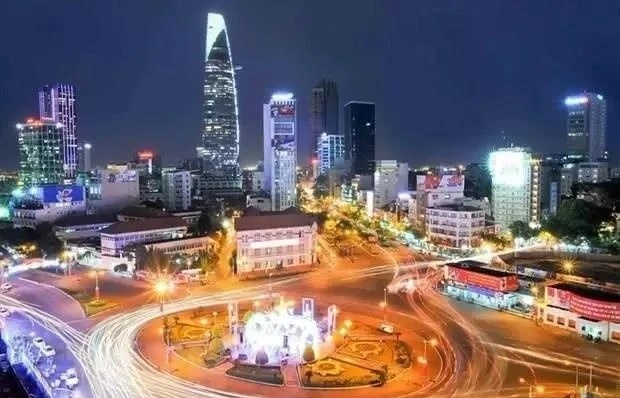
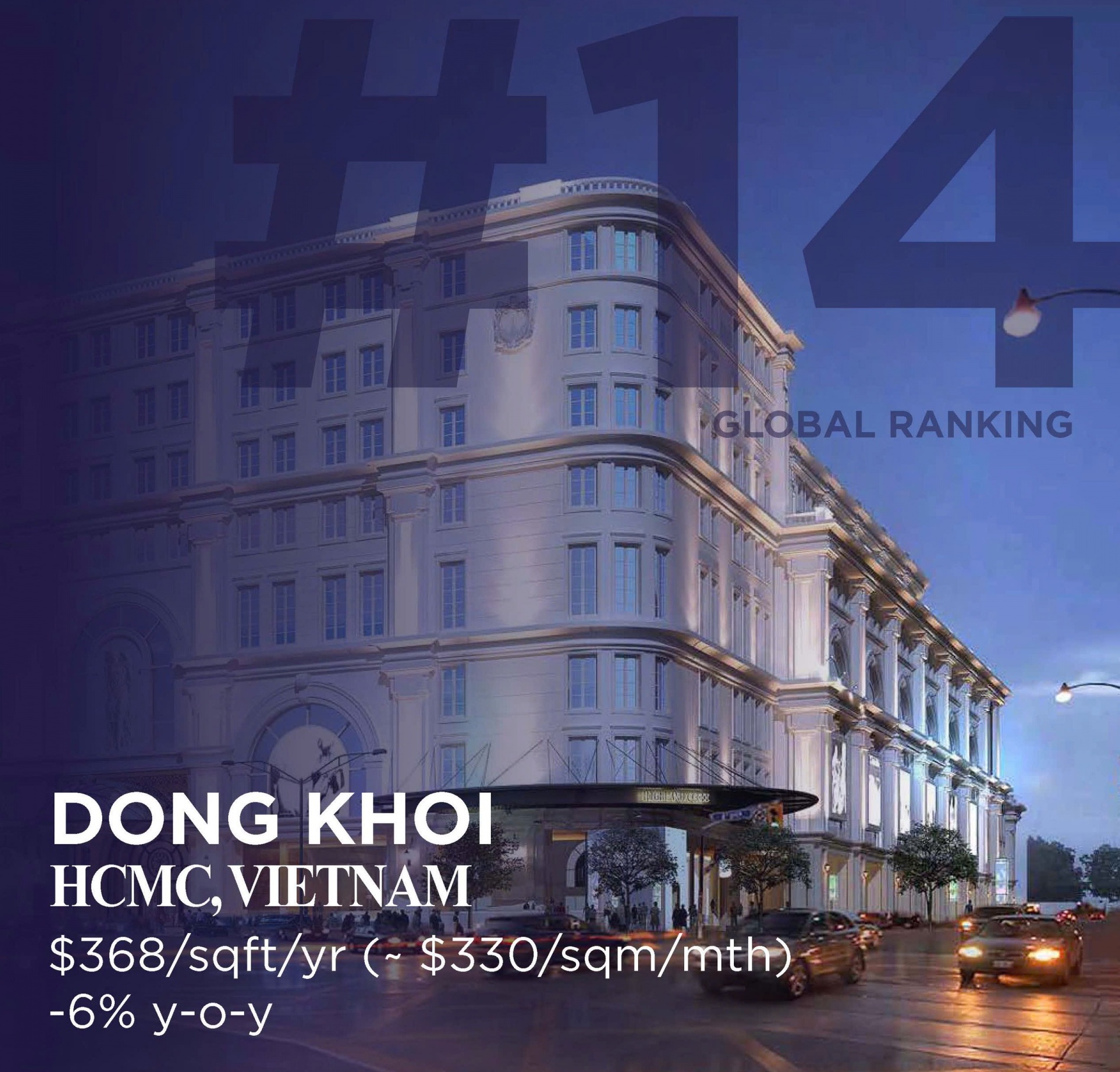
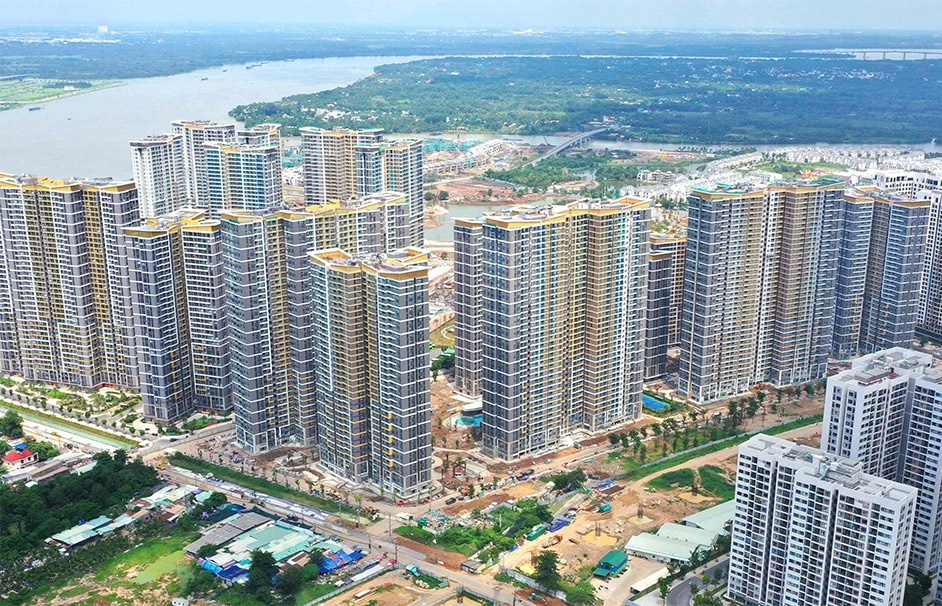

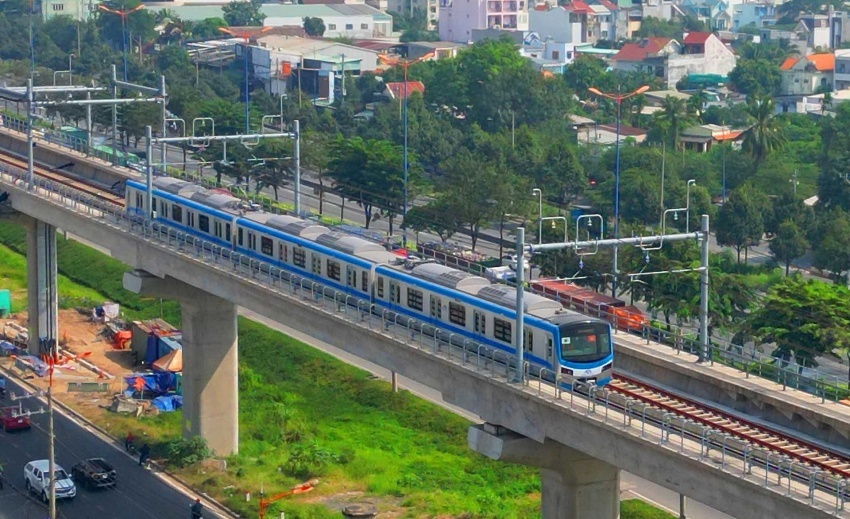
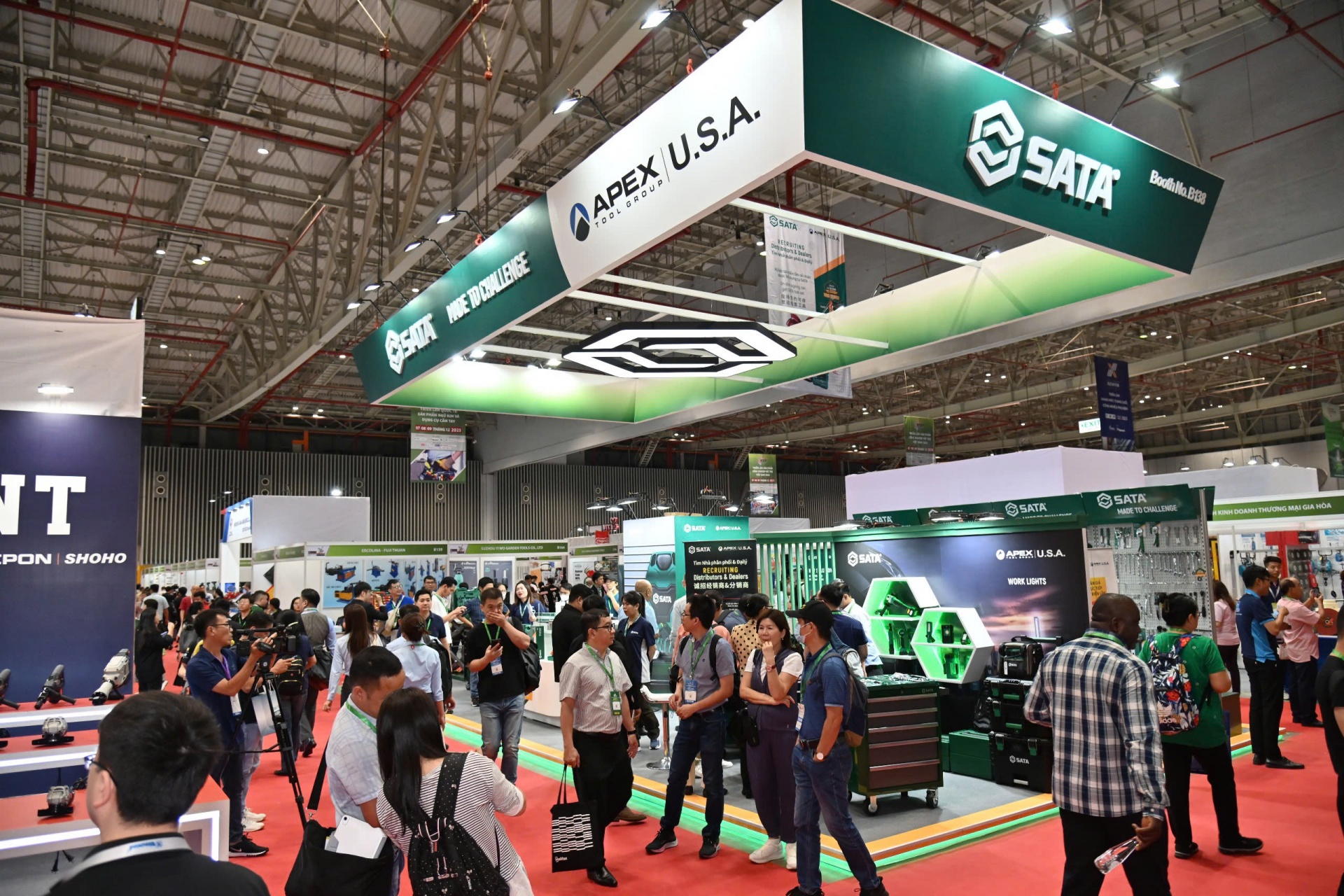





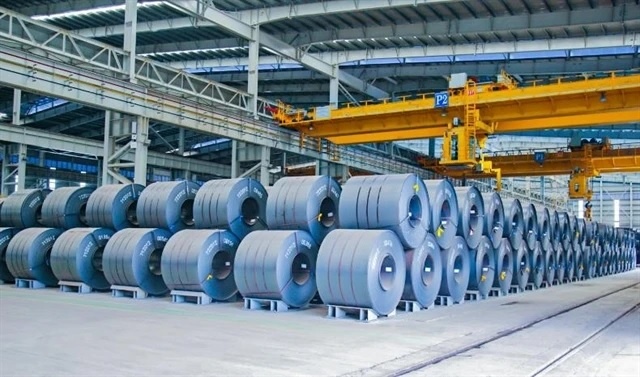



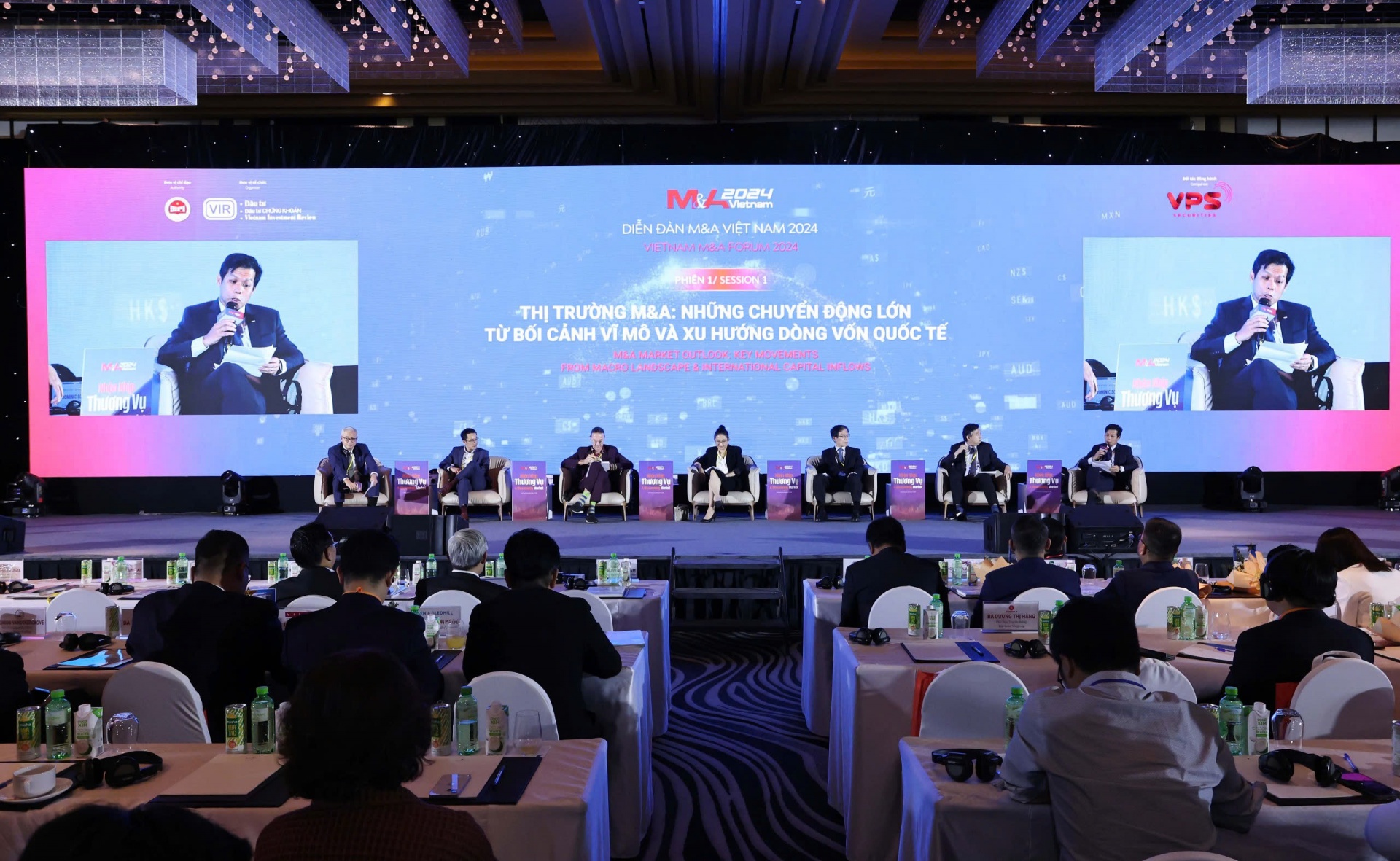




 Mobile Version
Mobile Version